Scientists have developed a brain-inspired semiconductor that can adjust its responses based on experience, much like human neurons do through “intrinsic plasticity.”


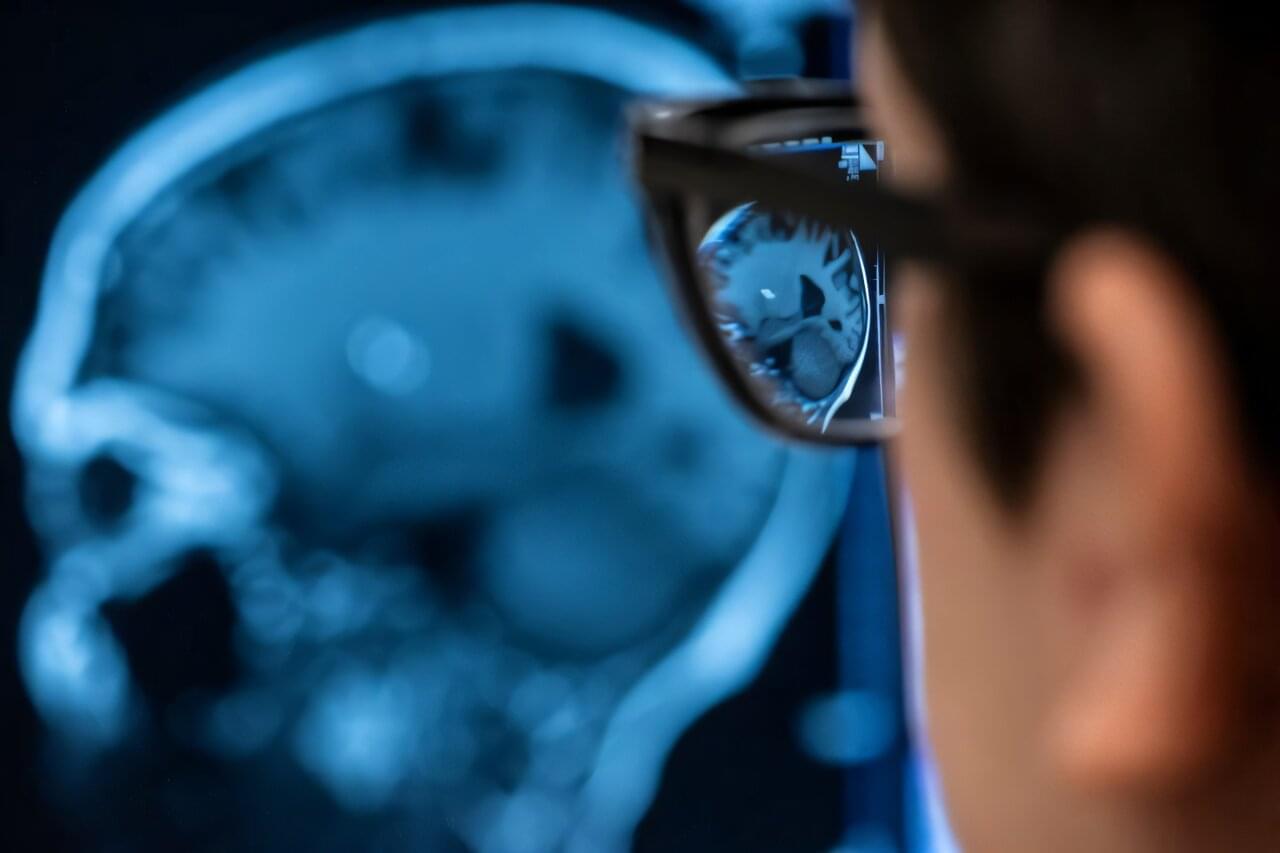
A new study led by University of California, Irvine’s Center for the Neurobiology of Learning and Memory researchers found that aging changes the brain’s overall shape in measurable ways. Instead of focusing only on the size of specific regions, the team used a new analytic method to see how the brain’s form shifts and distorts over time.
The analysis revealed substantial alterations in brain shape, which were closely associated with declines in memory, reasoning and other cognitive functions. This suggests that the shape of the brain can serve as a reliable indicator of its overall health. The study appears in Nature Communications.
“Most studies of brain aging focus on how much tissue is lost in different regions,” said Niels Janssen, Ph.D., senior author and professor at Universidad de La Laguna in Spain and visiting faculty at the CNLM. “What we found is that the overall shape of the brain shifts in systematic ways, and those shifts are closely tied to whether someone shows cognitive impairment.”

Autism should not be viewed as a single condition with a unified underlying cause, according to scientists who found that those diagnosed early in childhood typically have a distinct genetic profile to those diagnosed later.
The international study, based on genetic data from more than 45,000 autistic people in Europe and the US, showed that those diagnosed in early childhood, typically before six years old, were more likely to show behavioural difficulties from early childhood, including problems with social interaction, but remain stable.
Those diagnosed with autism later, typically after the age of 10, were more likely to experience increasing social and behavioural difficulties during adolescence and also had an increased likelihood of mental health conditions such as depression.

Researchers find different genetic profiles related to two trajectories that autistic children tend to follow. One is linked to early diagnosis and communication difficulties in infancy. The other is linked to later diagnosis, increased social and behavioral difficulties in adolescence, and higher rates of conditions like ADHD, depression, and PTSD.
An international study led by researchers at the University of Cambridge has discovered that autism diagnosed in early childhood has a different genetic and developmental profile than that of autism diagnosed from late childhood onwards.
The scientists say that the findings challenge the long-held assumption that autism is a single condition with a unified underlying cause.
This is one of the Royal Institute of Philosophy’s 15-minute Philosophy Briefings, a series in which eminent philosophers provide their own view of a key philosophical topic, in straightforward and accessible language.
Each one is designed to be a resource for anyone who wants to know more about these questions, whether you are covering them at A-level, teaching them at A-level, studying Philosophy at university, or are simply curious to know more.
David Chalmers, Professor of Philosophy and Neural Science at New York University and co-director of NYU’s Center for Mind, Brain, and Consciousness, looks at whether there exist philosophical zombies.
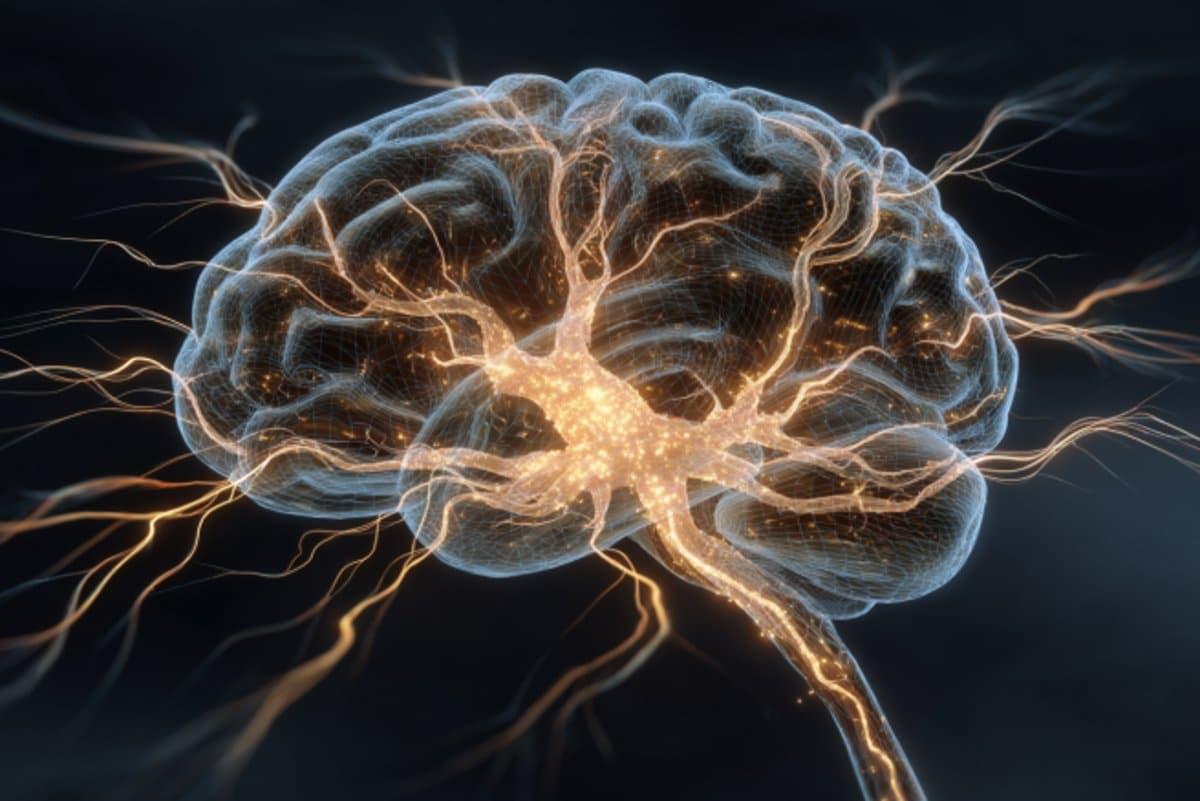
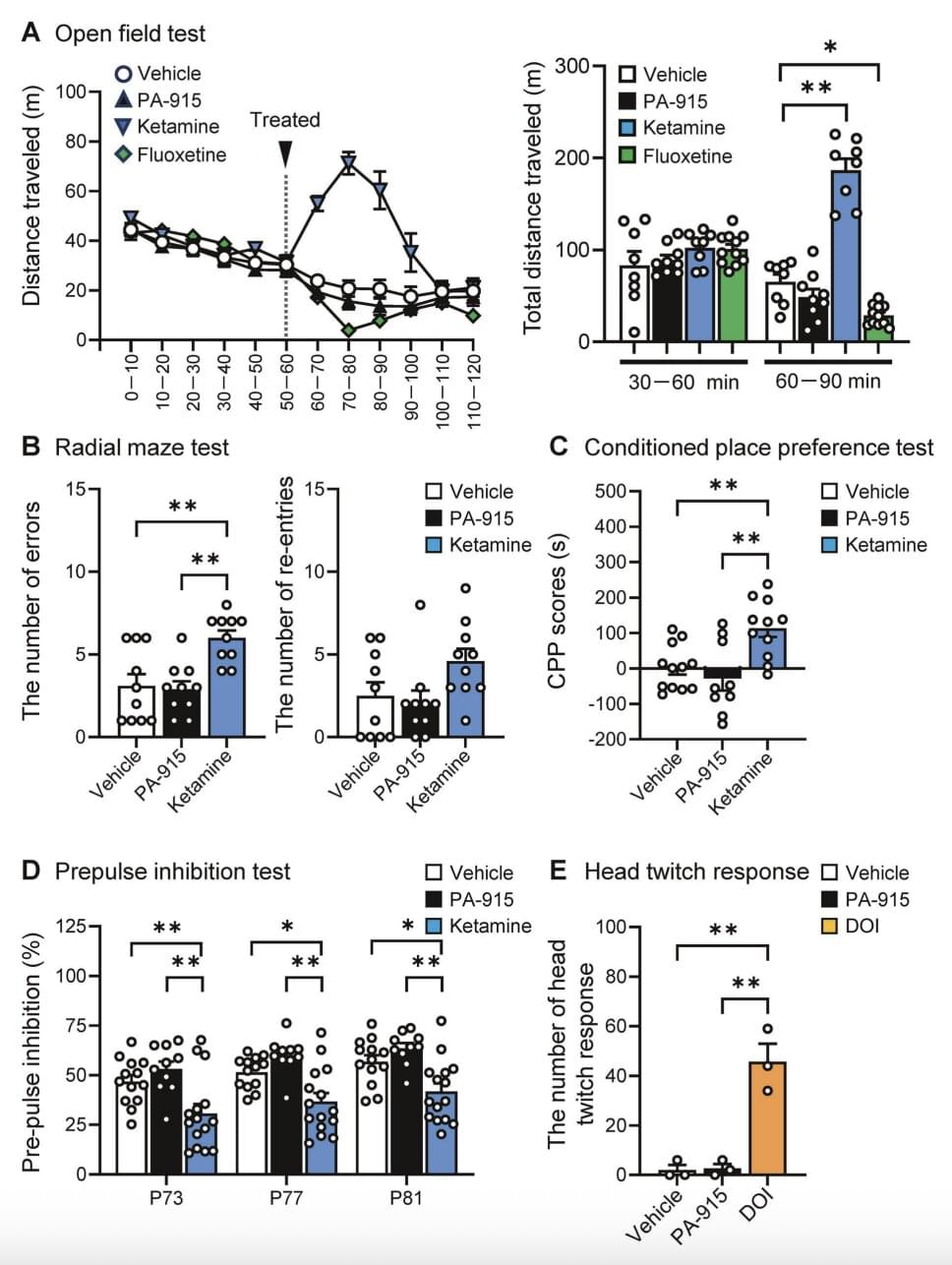
Depression and anxiety disorders are among the most widespread mental health disorders, with estimates suggesting that they affect around 264 million and 284 million people worldwide, respectively. Depression is a mood disorder characterized by persistent sadness and a loss of interest in everyday activities, while anxiety disorders are marked by high levels of nervousness, worry and fear, either in specific situations or generalized.
Today, there are several treatment options for both depression and anxiety disorders, including both pharmacological drugs and specific types of psychotherapy. Yet available therapeutic strategies are not effective for all affected individuals; thus, identifying alternative treatments could be highly advantageous.
Researchers at the University of Osaka, Kobe University School of Medicine, Hamamatsu University School of Medicine and other institutes have recently developed a new molecule called PA-915, which could hold some promise for the treatment of depression, anxiety and stress-related disorders. In a paper published in Molecular Psychiatry, they showed that the molecule suppressed both anxiety-like and depression-like behaviors in mice who were placed under high levels of stress.
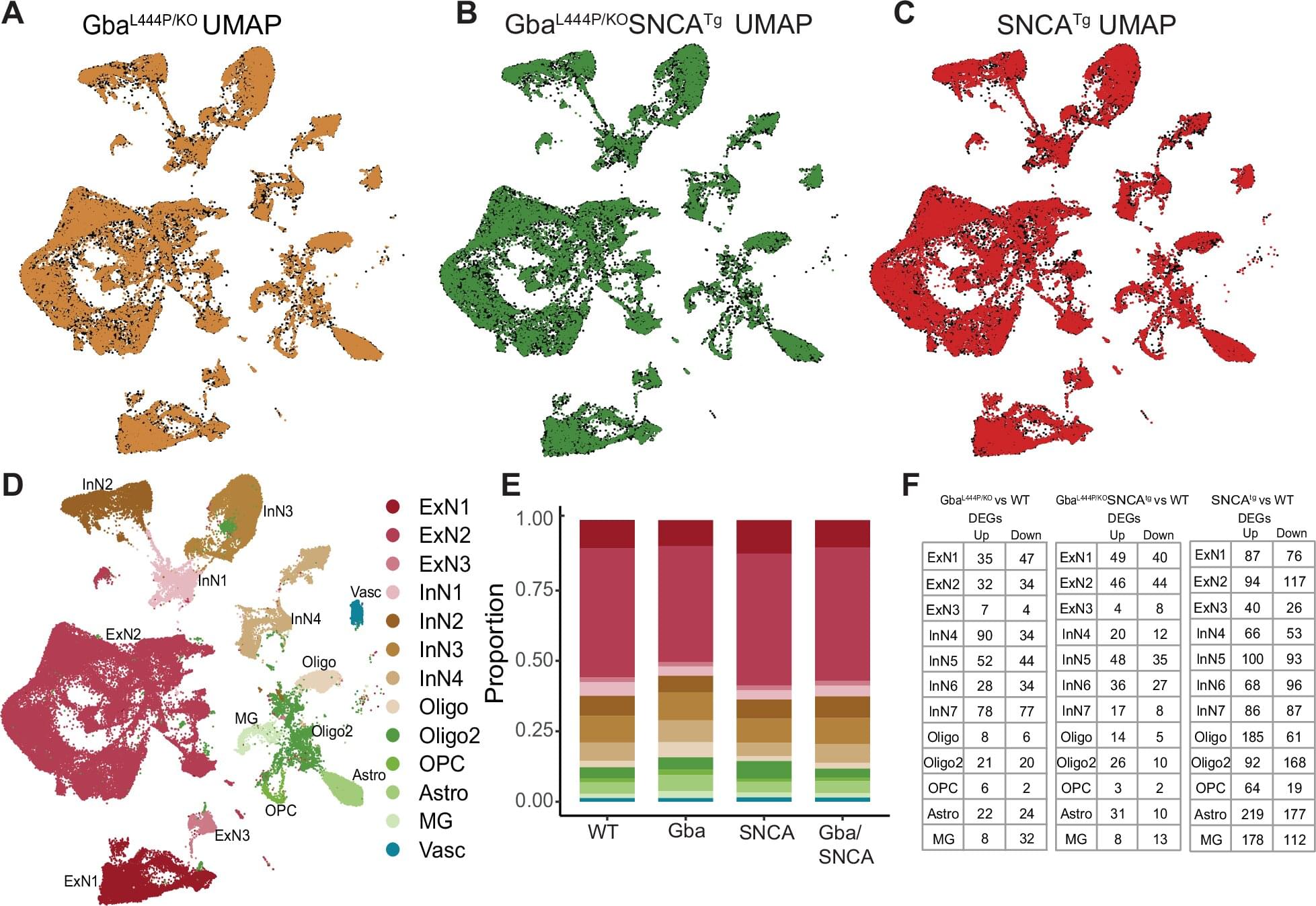
Parkinson’s disease causes both movement and cognitive deficits, and for a long time both were thought to be caused by the accumulation of a protein called alpha-synuclein in the brain. But a new Nature Communications study has found that the cognitive deficits arise through a different—and unexpected—mechanism.
The new findings suggest that mutations in a gene called GBA—which are a risk factor for developing Parkinson’s disease—drive cognitive decline by disrupting how neurons communicate with each other in the brain. Patients living with Parkinson’s disease can experience cognitive symptoms such as difficulty with concentrating and forgetfulness. Over time, many go on to develop dementia, in which they experience profound memory loss among other symptoms.
“Dementia is often the scariest thing for many patients with Parkinson’s disease, more so than motor symptoms,” says Sreeganga Chandra, PhD, professor of neurology and of neuroscience at Yale School of Medicine (YSM) and the study’s principal investigator. “We are trying to understand the basis of cognitive dysfunction and whether we can find targets to ameliorate it.”
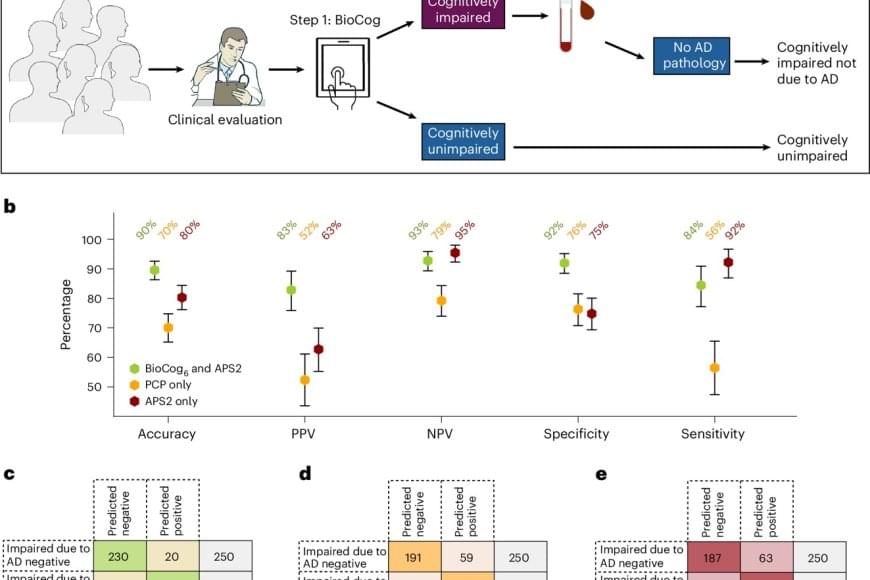
“The unique aspect of our BioCog test is that unlike other digital tests, it has been evaluated in a primary care population, i.e. patients seeking treatment at a health centre because they are experiencing cognitive problems, such as memory problems. Combining the results of the digital test and the blood test increases the accuracy of diagnosing Alzheimer’s disease. The purpose of the test is to make things easier for primary care doctors,” says one of the authors.
The digital test is done by the patient individually on a tablet computer. The test measures:
Alzheimer’s disease is the most common cause of dementia. As new disease-modifying treatments for Alzheimer’s disease are now becoming available, both early and accurate diagnosis in a resource-efficient assessment process are becoming increasingly important, as not everyone responds to the new drugs. Seeking medical care for cognitive impairment is not necessarily the result of Alzheimer’s disease – it can for example be caused by depression, fatigue or other dementias.
“Primary care does not have the resources, time or specialist knowledge to investigate possible Alzheimer’s disease in the same way as specialised memory clinics. And this is where a digital cognitive test can make the biggest difference,” says the senior author.
Unlike pen-and-paper tests, which are generally used to assess cognitive impairment, digital tests provide a more detailed picture. More aspects and new variables that could not previously be measured as easily are included.

There’s no escaping the unrelenting passage of time, but supercentenarians who live to see their 110th birthday have a peculiar ability to postpone the inevitable.
A thorough health evaluation of one of the world’s oldest people, Maria Branyas, suggests that one of the reasons she lived to 117 was that she possessed an exceptionally young genome.
Some of her rare genetic variants are linked to longevity, immune function, and a healthy heart and brain.